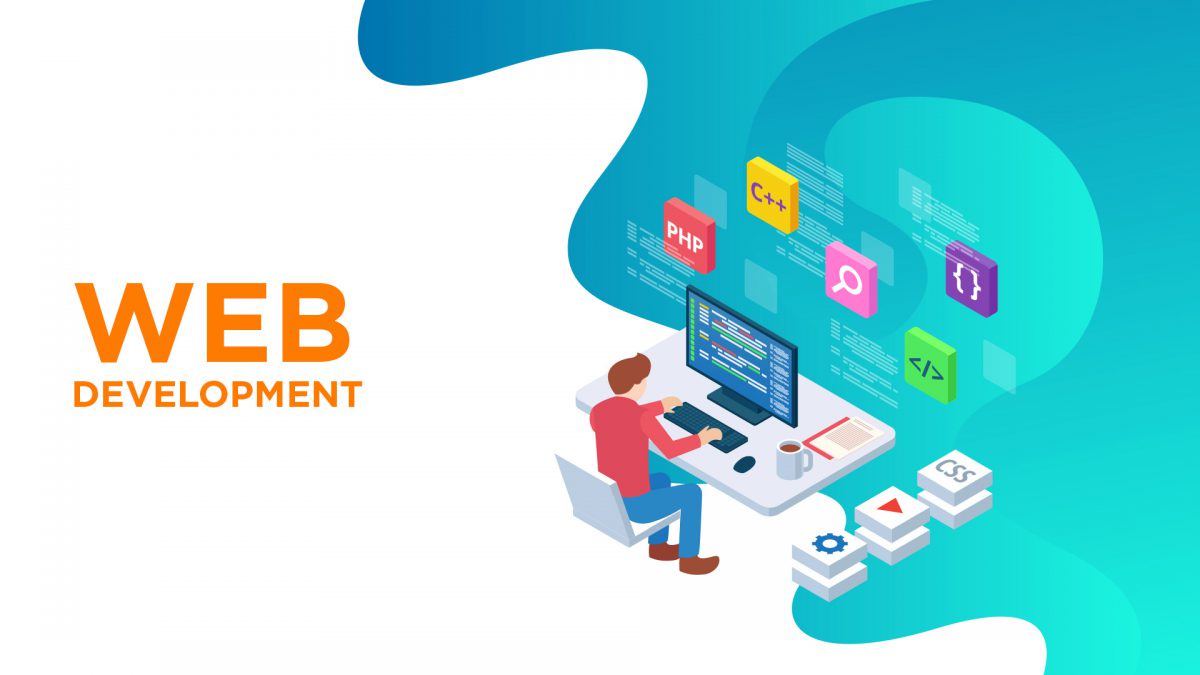Harnessing the Power of Python in Web Development: Building Dynamic and Scalable Websites
Introduction:
Python, a versatile and powerful programming language, has gained immense popularity in the realm of web development. With its simplicity, readability, and extensive libraries, Python offers developers a robust toolset to build dynamic, scalable, and feature-rich websites. In this article, we will explore how Python is used in web development, its advantages, and the key frameworks and technologies that make it an ideal choice for creating web applications.
I. Python and Web Development:
1.1 Python's Versatility:
- Rich library ecosystem: Python boasts a vast collection of libraries and frameworks that streamline web development design processes, providing developers with ready-made tools and modules for various tasks.
- Simple and readable syntax: Python's clean and readable syntax enables faster development and easier maintenance of web applications, making it a popular choice among developers.
1.2 Server-side Development:
- Handling server-side logic: Python is widely used for server-side scripting, processing data, performing computations, and interacting with databases to deliver dynamic content to users.
- Integration with web servers: Python integrates seamlessly with popular web servers like Apache and Nginx, facilitating efficient deployment and scalability of web applications.
II. Python Web Frameworks:
2.1 Django:
- Full-featured web framework: Django is a high-level Python framework renowned for its simplicity and scalability, providing a comprehensive toolkit for building robust web applications.
- Rapid development: Django's built-in features, including ORM (Object-Relational Mapping), authentication, and admin interface, accelerate development, allowing developers to focus on business logic rather than repetitive tasks.
2.2 Flask:
- Lightweight and flexible: Flask is a microframework that prioritizes simplicity and minimalism, making it an excellent choice for small to medium-sized projects or APIs.
- Modular and extensible: Flask's modular design allows developers to choose and incorporate only the necessary components, resulting in lightweight and efficient web applications.
III. Database Integration:
3.1 Python Database APIs:
- Database connectivity: Python offers a variety of database APIs, such as SQLAlchemy and Django's ORM, enabling seamless integration with popular databases like MySQL, PostgreSQL, and MongoDB.
- Object-oriented database management: Python's ORM systems provide an abstraction layer that simplifies database interactions, allowing developers to work with databases using object-oriented paradigms.
IV. Front-End Development:
4.1 JavaScript Integration:
- JavaScript frameworks and libraries: Python integrates smoothly with JavaScript frameworks like React, Angular, or Vue.js, enabling developers to create dynamic and interactive user interfaces.
- RESTful APIs: Python, combined with frameworks like Django and Flask, allows the creation of RESTful APIs that serve as a bridge between front-end and back-end components, facilitating seamless data exchange.
4.2 HTML Templating:
- Templating engines: Python web frameworks provide powerful templating engines like Jinja2 and Django's template system, which simplify the generation of dynamic HTML content based on data from the server.
- Code reusability: Templating engines enable code reuse, allowing developers to create reusable components and templates, enhancing development efficiency and maintainability.
V. Testing and Deployment:
5.1 Testing Frameworks:
- Unit testing: Python offers robust testing frameworks such as unit test and pytest, enabling developers to write comprehensive test suites to ensure the quality and reliability of web applications.
- Test automation: Python's testing frameworks facilitate test automation, allowing developers to automate repetitive testing tasks, streamline development processes, and reduce errors.
5.2 Deployment and Scalability:
- Containerization and orchestration: Python applications can be easily containerized using tools like Docker and deployed on cloud platforms or managed using orchestration tools like Kubernetes, ensuring scalability


No comments yet